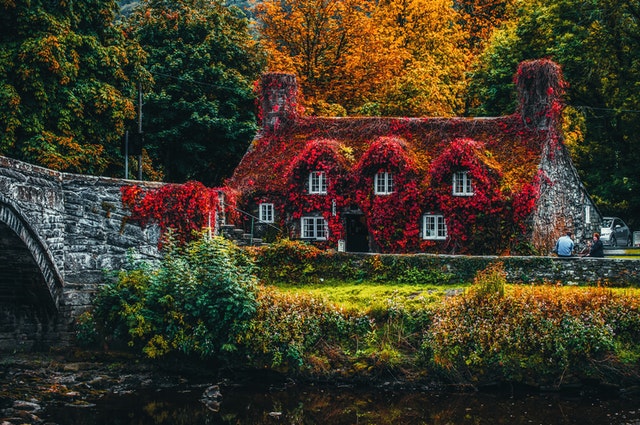Fall is just around the corner. Unfortunately, this means the weather is cooling down, which can take a toll on your garden if you don’t prepare it the right way. The time has come for apple cider, pumpkin spice, and fall festivals. While this sounds cozy and fun, you shouldn’t forget your garden. Luckily, we have come up with a list of fall gardening tips you should follow to ensure it stays safe during the winter and ready for springtime. Even if you plan on starting a garden from scratch, stay tuned and get informed on everything that awaits.
Fall gardening tips you shouldn’t miss
Whether you’ve just moved to a neighborhood and want to start a garden, or you want to improve your existing one, there are many small steps you can take to make it ready for the fall.
Also, if you are new to the neighborhood and wish to meet new people after your move, we’ve got you. An excellent way to make new friends with ease is to join a local group of gardeners on social media. This way, you will get new acquaintances while learning about everything you can do to spruce up your garden.
But let’s get back to our main topic. We have created a list of fall gardening tips. Here are our top ones:
- Don’t be afraid to plant in the fall
- Clean up your garden
- Till your garden the right way
- Mulch the beds
- Prune the trees and shrubs
- Extend the season
- Protect your pots
- Put patio furniture and your tools away
Don’t be afraid to plant in the fall
The good news is you can still plant your garden in September. Here are a few plants that will add color to your yard:
- Pansies
- Kale
- Asters
- Cyclamen
- Chrysanthemums
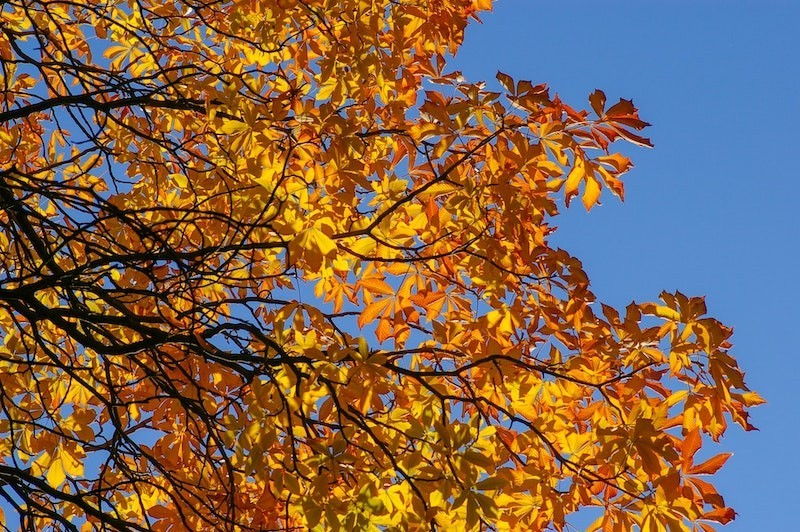
Additionally, you can choose to plant the trees and shrubs when you finish your garden maintenance in autumn.
If you are more of a veggie garden type, here’s a list of vegetables tolerant to frost:
- Lettuce
- Cauliflower
- Broccoli
- Cabbage
- Kale
- Spinach
- Parsnip
- Carrot
- Onion
- Radish
- Garlic
- Turnip
You can choose to celebrate fall instead of thinking of it as the end of the gardening season. This is when you can dress up your yard, too, even if you stick to seasonal colors.
Clean your garden
When the growing is over, be sure to pull everything out of your garden. If you miss this step and leave some decaying plants, they will attract pests and diseases. And we are sure every gardener wants to avoid problems and different animals and critters.
So be sure to use this time to remove your veggie plants and clean up plant debris and weeds. Fall is also considered an excellent time to get rid of nuisance plants.
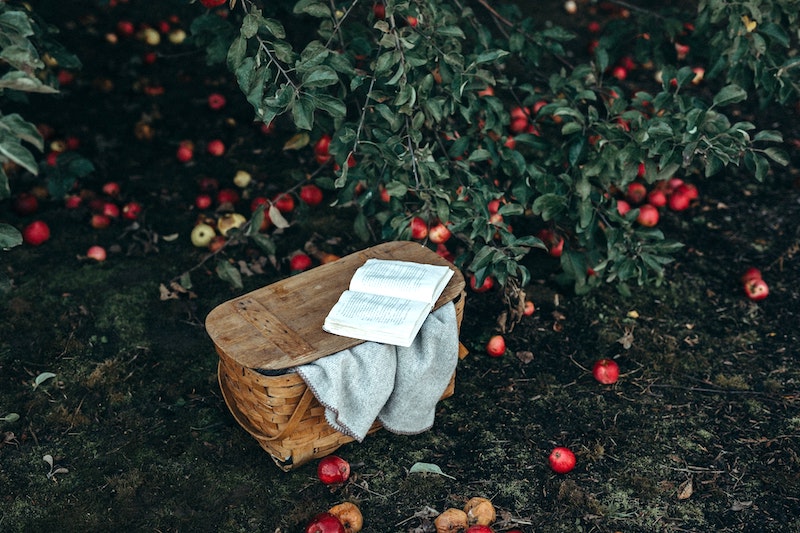
Till the garden properly
There are many reasons you should till your garden, but be careful. You will stir up the weed seeds and disturb the earthworm, fungi, and bacteria if you do it in excess.
Here are the reasons why you should till your garden in the fall:
- It’s the fastest way to get the soil ready for planting. Therefore, it will break the clumps in hard ground, break up the roots, and even kill weeds.
- Tilling will also show pupae of caterpillars, which you should remove.
- People use a tiller to incorporate compost, leaf matter, and manure.
If you decide to do this, here’s how to do it correctly.
- Mow down the weeds or cover tops.
- Till the soil a couple of days later.
- Wait from 4 to 7 days to compost or mulch. The reason for this is that the weeds you pulled out need time to dry and die.
- Mulch the top of your garden soil heavily. It would help if you used living mulch as a cover crop.
Mulch the beds
Fall is also the perfect time to divide and move perennials. The relocation experts from mybrooksmoving.com say that most garden lovers they have successfully moved were in a hurry to complete this step several weeks before the first hard frost.
Furthermore, don’t forget to mulch your beds as well. If you cover them with several inches of mulch (at least 3), you will ensure extra protection during the winter period.
Prune the trees
Fall pruning of trees and shrubs makes them grow better in spring. Pruning is usually done by cutting back plants that have overgrown their space and thinning out the branches to avoid crowding.
Extend the season with our fall gardening tips
Apart from taking all the necessary steps to ensure the protection of your lovely garden during winter, you should also make use of your garden and yard.
So, if you don’t already have one, you can install a fire pit to keep warm during chilly fall evenings. This way, you will have time to gather with friends and family while toasting marshmallows and enjoying time together.
Protect your pots
If you live in a colder climate, you want to store your pots properly. Once the growing season is over, make sure to clean and keep ceramic and terra cotta pots in a dry and cool place where they won’t crack.
On the other hand, you don’t need to worry about your decor. If you own metal, stone, plastic, or fiberglass pots, you can leave them outside and use them for your fall and winter arrangements.
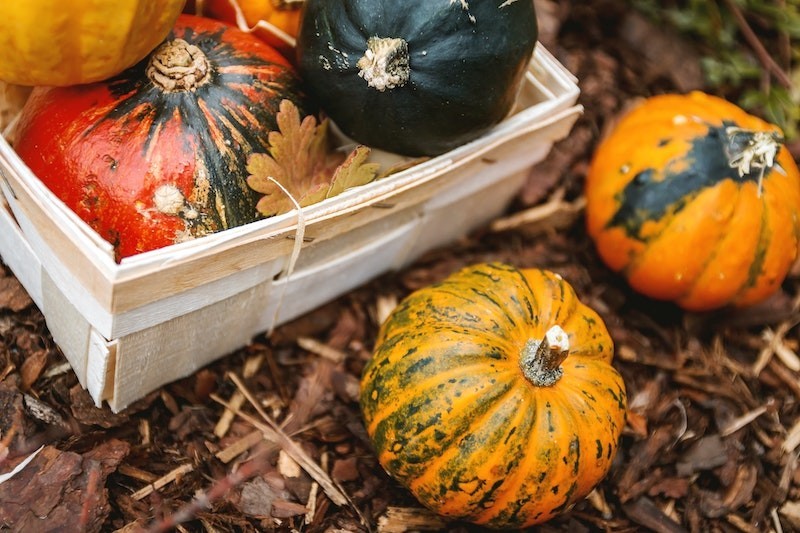
Put away your gardening tools and furniture
You can clean your patio furniture with water and soap and store it in your garage. Also, it is a good idea to scrub dirt from your garden tools to prevent rust. All of your gardening tools should be stored in a dry and cool place.
Don’t forget to drain and disconnect hoses and cover faucets to keep them from freezing.
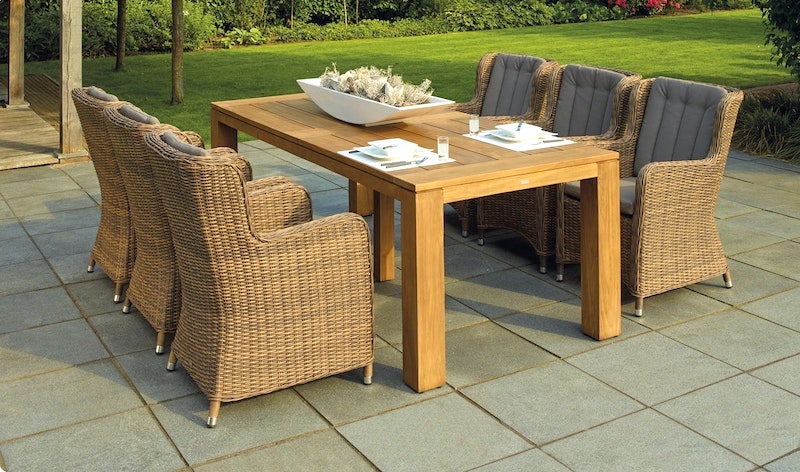
Final words
As you can see, with a bit of fall planning and prepping, you can ensure success for the spring season. We have covered the ultimate fall gardening tips, which all come down to preparation. You will need to clean up the beds, manage soil, and minimize problems for the upcoming growing season. Even if you are just starting with gardening, be sure to follow these steps and ensure success.
Author bio:
Dana Clark is a gardening enthusiast and a professional florist. She spends most of her time in her home garden, tending to her plants. She grows many fruits and vegetables, and her ultimate goal is to become as sustainable as possible. When she is not working, you can find her baking cookies for her two granddaughters.
Photos used:
Featured Image
Yellow Leaves
Apples
Pumpkins
Outdoor Furniture
